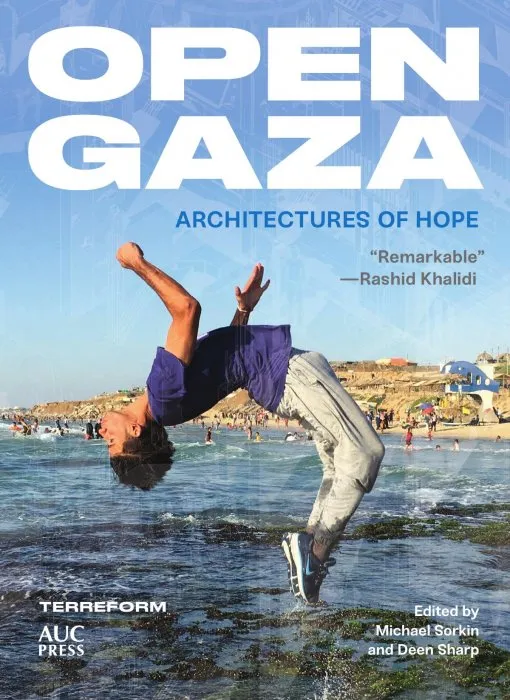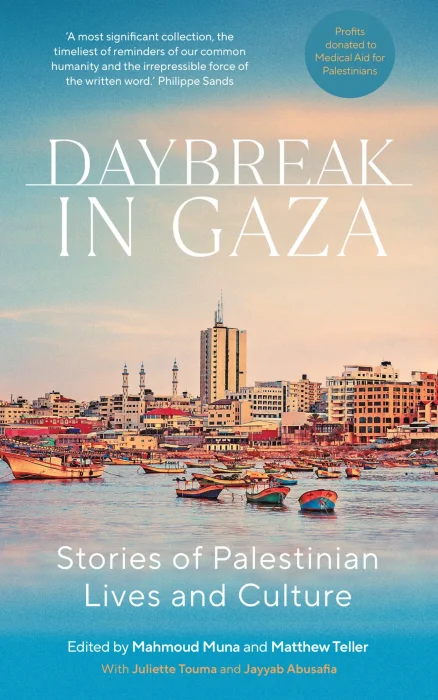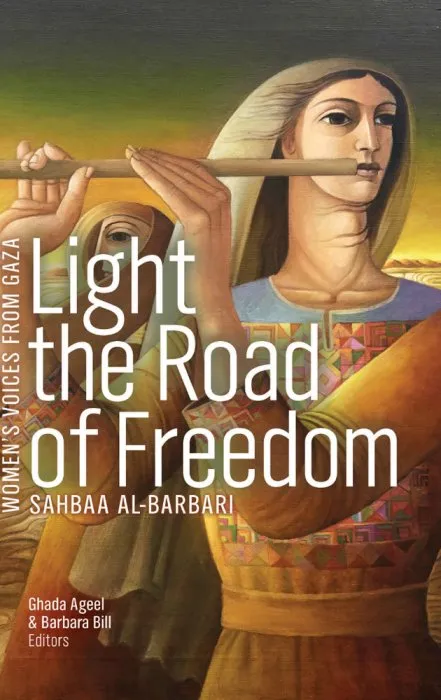Open Gaza: Architectures of Hope

Date: December 29th, 2020
ISBN: 1649030711
Language: English
Number of pages: 350 pages
Format: True PDF
Add favorites
Cutting-edge analysis on how to improve life inside the Gaza Strip through architecture and design, illustrated in full-color
The Gaza Strip is one of the most beleaguered environments on earth. Crammed into a space of 139 square miles (360 square kilometers), 1.8 million people live under an Israeli siege, enforcing conditions that continue to plummet to ever more unimaginable depths of degradation and despair. Gaza, however, is more than an endless encyclopedia of depressing statistics. It is also a place of fortitude, resistance, and imagination; a context in which inhabitants go to remarkable lengths to create the ordinary conditions of the everyday and to reject their exceptional status. Inspired by Gaza's inhabitants, this book builds on the positive capabilities of Gazans. It brings together environmentalists, planners, activists, and scholars from Palestine and Israel, the US, the UK, India, and elsewhere to create hopeful interventions that imagine a better place for Gazans and Palestinians. Open Gaza engages the Gaza Strip within and beyond the logics of siege and warfare, it considers how life can be improved inside the limitations imposed by the Israeli blockade, and outside the idiocy of violence and warfare.
Contributors Affiliations
• Salem Al Qudwa, Harvard Divinity School and Harvard Kennedy School, Cambridge, USA
• Hadeel Assali, Columbia University, USA
• Tareq Baconi, International Crisis Group, Brussels, Belgium
• Teddy Cruz, University of California-San Diego, USA
• Fonna Forman, University of California-San Diego, USA
• M. Christine Boyer, Princeton University, Princeton, USA
• Alberto Foyo, architect, New York, USA
• Nasser Golzari , Westminster University, London, UK
• Yara Sharif, Westminster University, London, UK
• Denise Hoffman Brandt, City College of New York, USA
• Romi Khosla, architect, New Delhi, India
• Craig Konyk, Kean University, Union, NJ, USA
• Rafi Segal, Massachusetts Institute of Technology, Boston, USA
• Chris Mackey, Payette Architects, Boston, USA
• Vyjayanthi V. Rao, Terreform, New York, USA
• Sara Roy, Harvard University, Cambridge, USA
• Mahdi Sabbagh, architect, New York, USA
• Meghan McAllister, architect, San Francisco Bay Area, USA
• Deen Sharp, London School of Economics, UK
• Malkit Shoshan, Harvard University, Cambridge, USA
• Pietro Stefanini, University of Edinburgh, Scotland
• Michael Sorkin (1948–2020) , City University of New York, USA
• Helga Tawil-Souri, New York University, USA
• Omar Yousef, Al-Quds University, Jerusalem
• Fadi Shayya, The University of Manchester, UK
The Gaza Strip is one of the most beleaguered environments on earth. Crammed into a space of 139 square miles (360 square kilometers), 1.8 million people live under an Israeli siege, enforcing conditions that continue to plummet to ever more unimaginable depths of degradation and despair. Gaza, however, is more than an endless encyclopedia of depressing statistics. It is also a place of fortitude, resistance, and imagination; a context in which inhabitants go to remarkable lengths to create the ordinary conditions of the everyday and to reject their exceptional status. Inspired by Gaza's inhabitants, this book builds on the positive capabilities of Gazans. It brings together environmentalists, planners, activists, and scholars from Palestine and Israel, the US, the UK, India, and elsewhere to create hopeful interventions that imagine a better place for Gazans and Palestinians. Open Gaza engages the Gaza Strip within and beyond the logics of siege and warfare, it considers how life can be improved inside the limitations imposed by the Israeli blockade, and outside the idiocy of violence and warfare.
Contributors Affiliations
• Salem Al Qudwa, Harvard Divinity School and Harvard Kennedy School, Cambridge, USA
• Hadeel Assali, Columbia University, USA
• Tareq Baconi, International Crisis Group, Brussels, Belgium
• Teddy Cruz, University of California-San Diego, USA
• Fonna Forman, University of California-San Diego, USA
• M. Christine Boyer, Princeton University, Princeton, USA
• Alberto Foyo, architect, New York, USA
• Nasser Golzari , Westminster University, London, UK
• Yara Sharif, Westminster University, London, UK
• Denise Hoffman Brandt, City College of New York, USA
• Romi Khosla, architect, New Delhi, India
• Craig Konyk, Kean University, Union, NJ, USA
• Rafi Segal, Massachusetts Institute of Technology, Boston, USA
• Chris Mackey, Payette Architects, Boston, USA
• Vyjayanthi V. Rao, Terreform, New York, USA
• Sara Roy, Harvard University, Cambridge, USA
• Mahdi Sabbagh, architect, New York, USA
• Meghan McAllister, architect, San Francisco Bay Area, USA
• Deen Sharp, London School of Economics, UK
• Malkit Shoshan, Harvard University, Cambridge, USA
• Pietro Stefanini, University of Edinburgh, Scotland
• Michael Sorkin (1948–2020) , City University of New York, USA
• Helga Tawil-Souri, New York University, USA
• Omar Yousef, Al-Quds University, Jerusalem
• Fadi Shayya, The University of Manchester, UK
Download Open Gaza: Architectures of Hope
Similar books
Information
Users of Guests are not allowed to comment this publication.
Users of Guests are not allowed to comment this publication.




